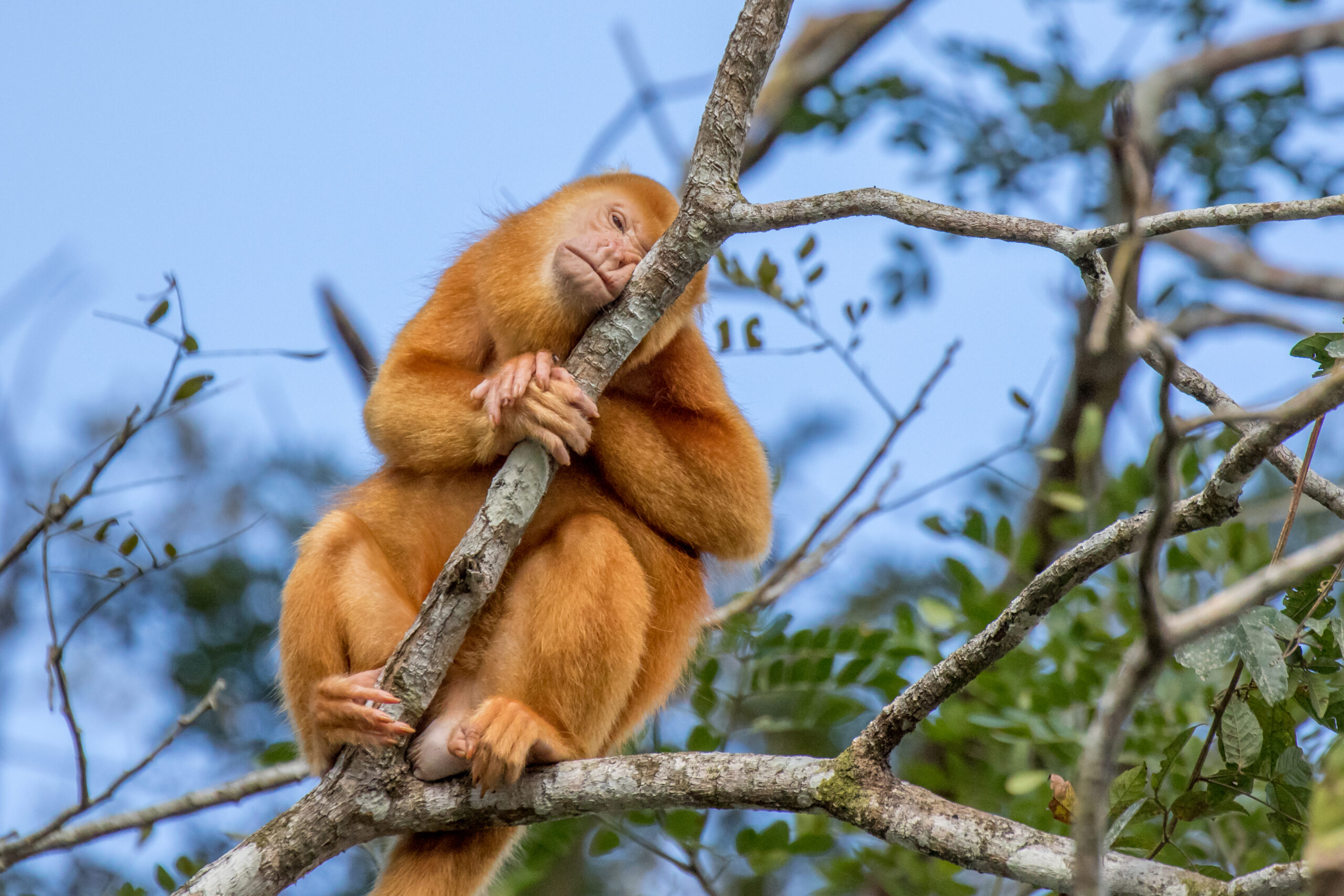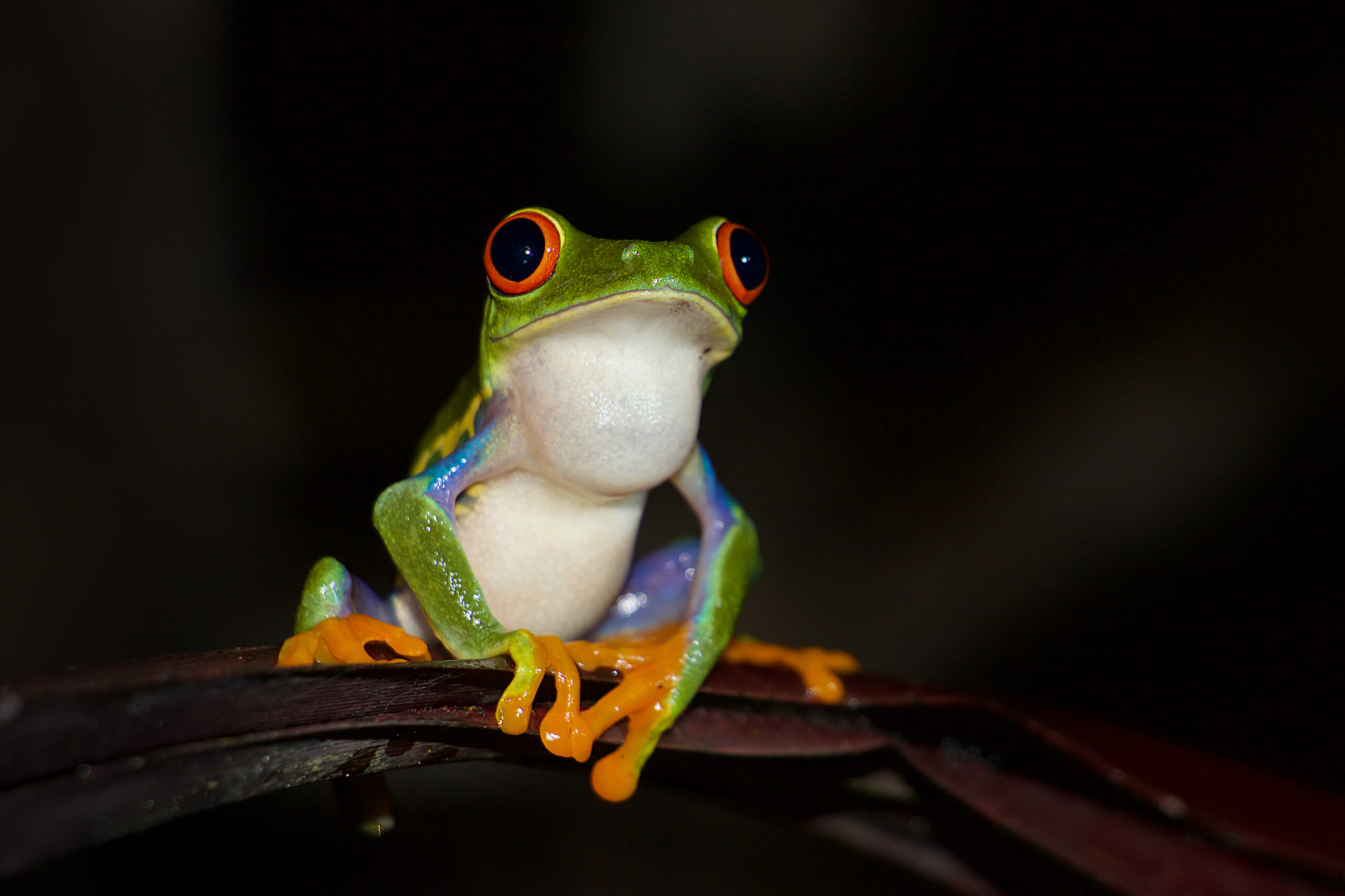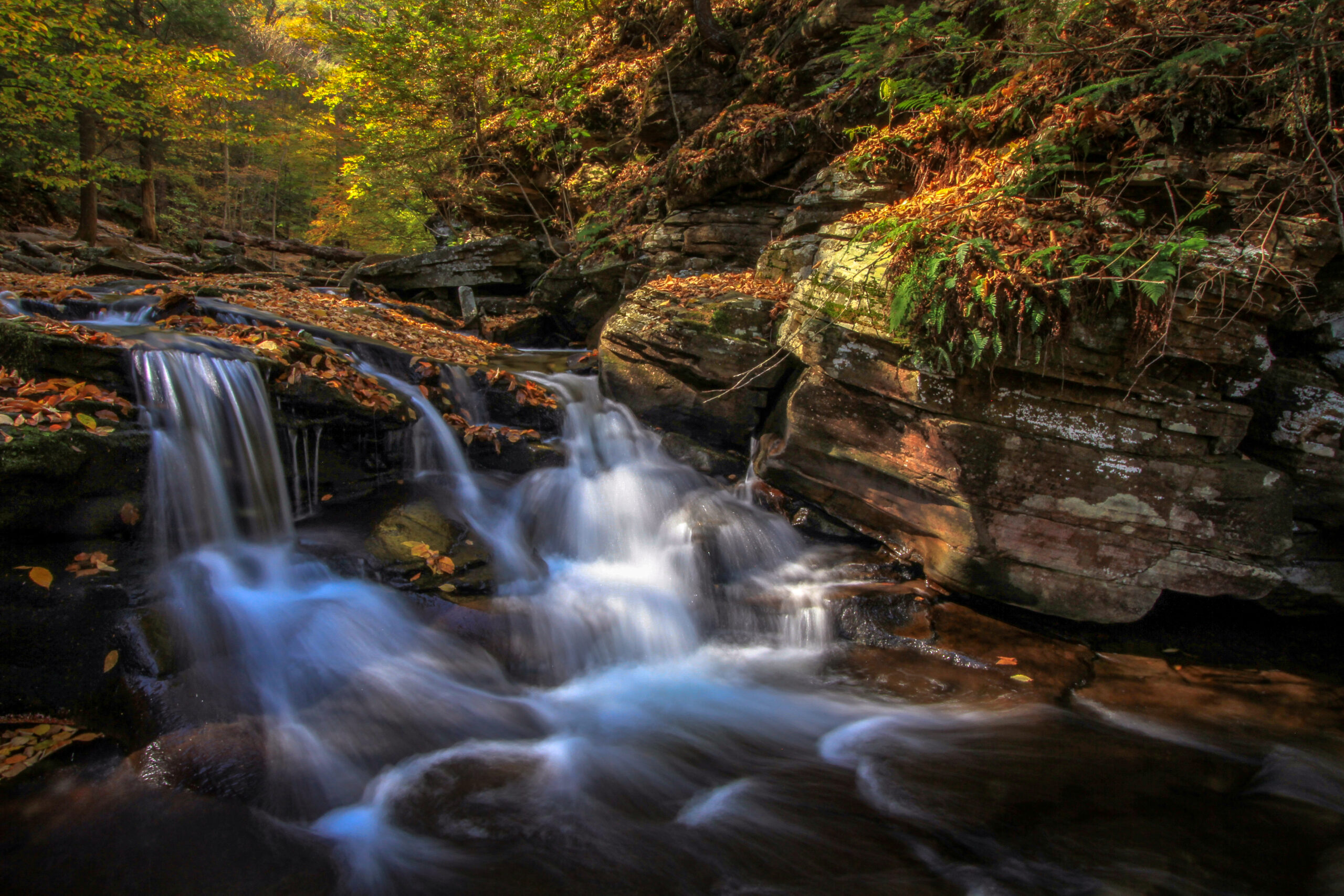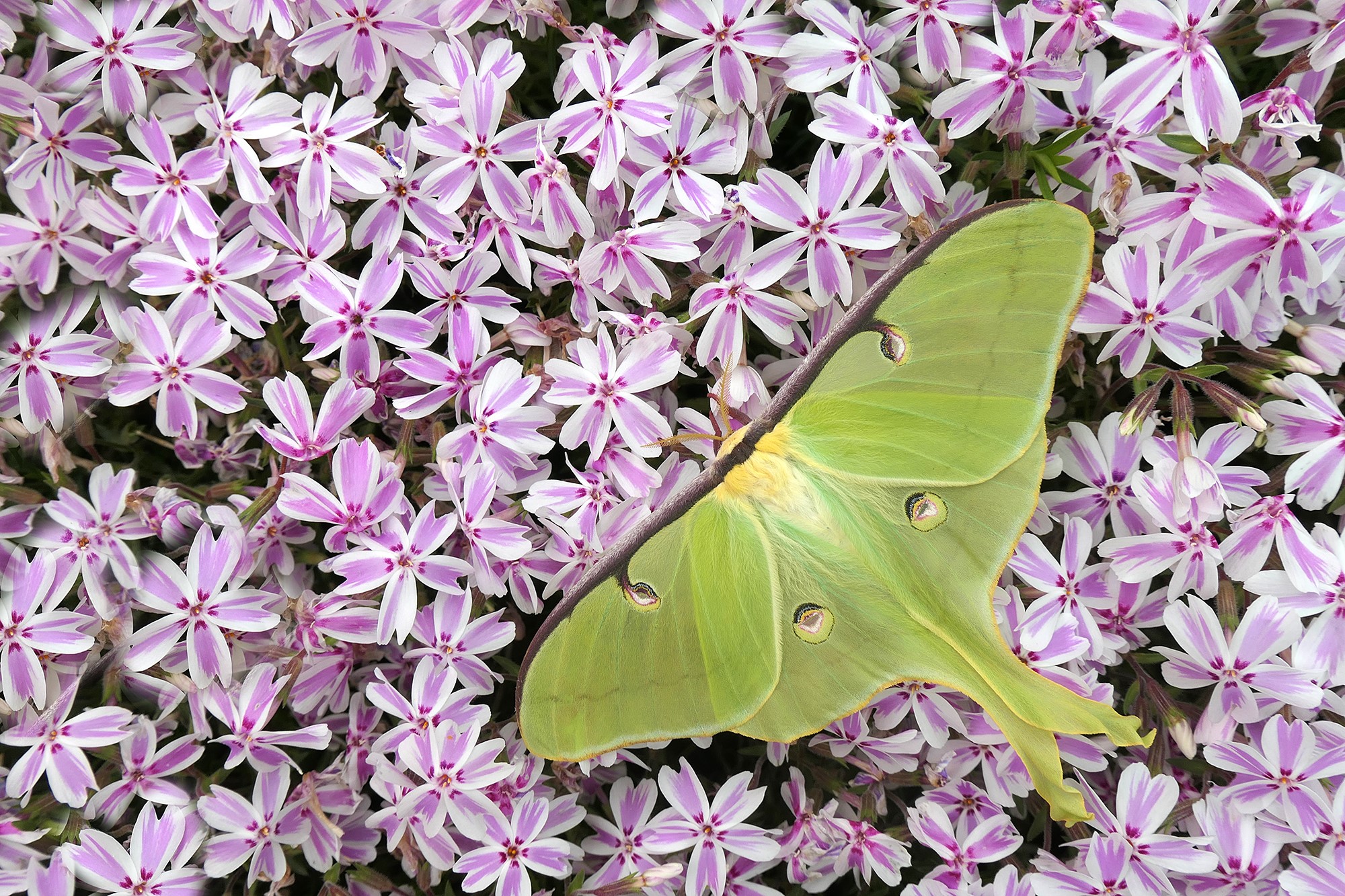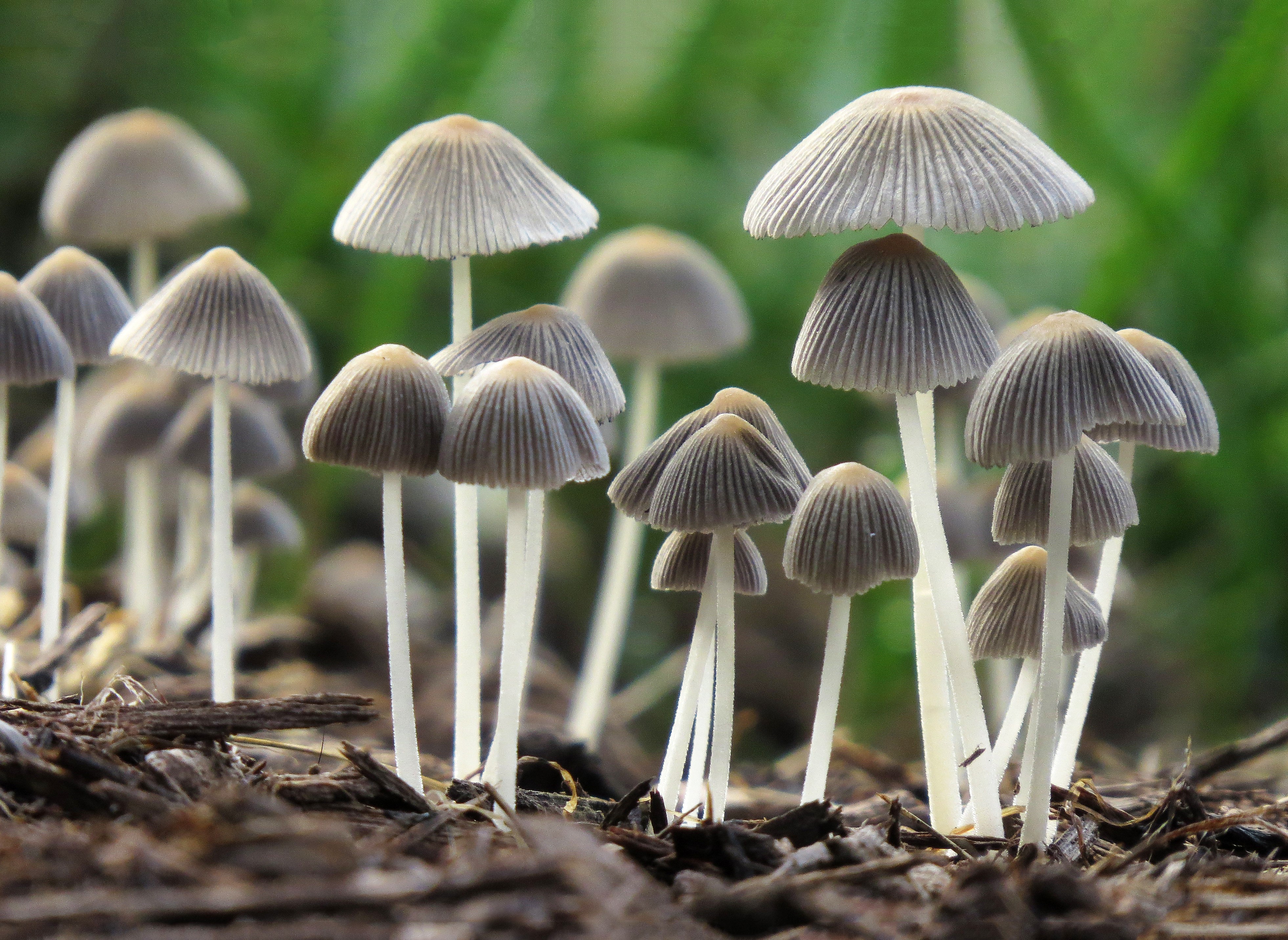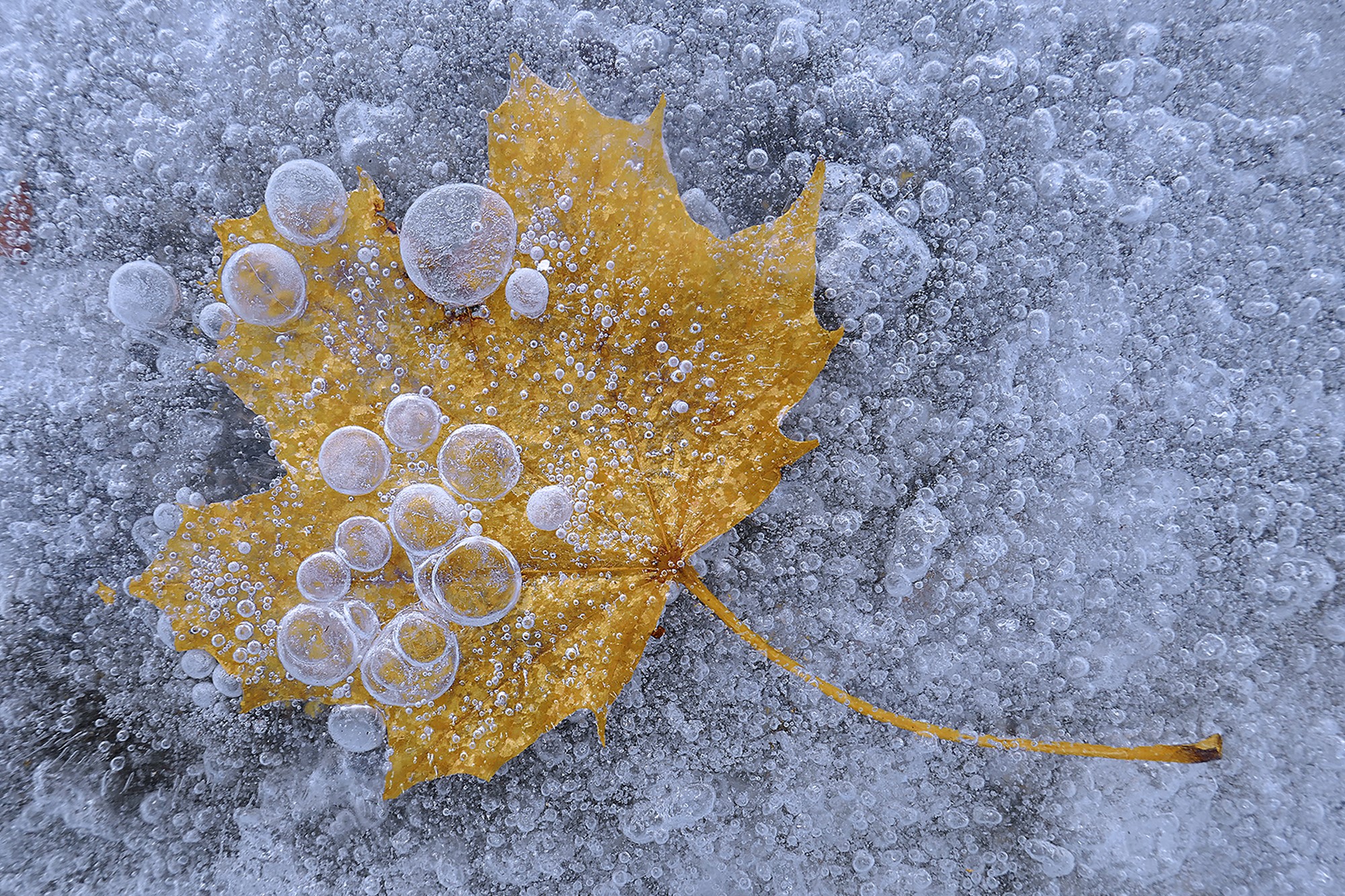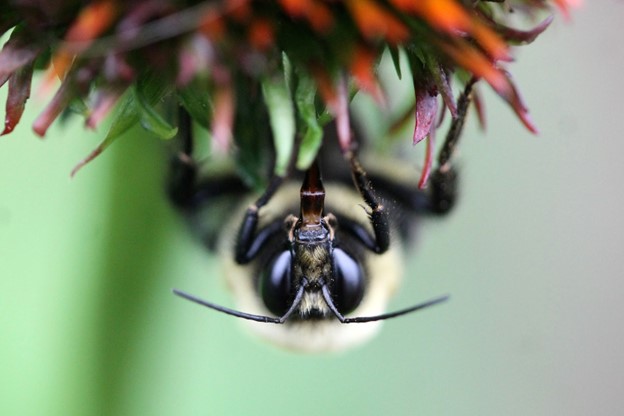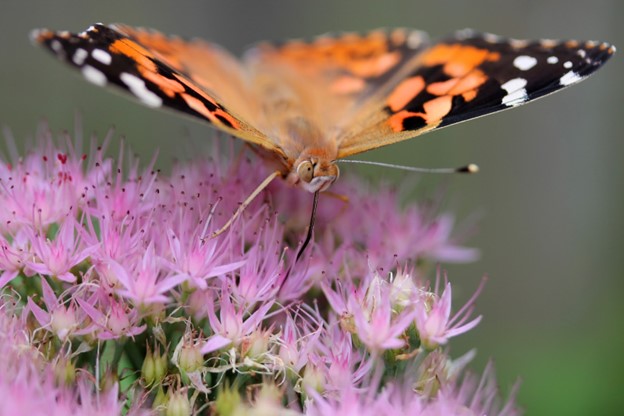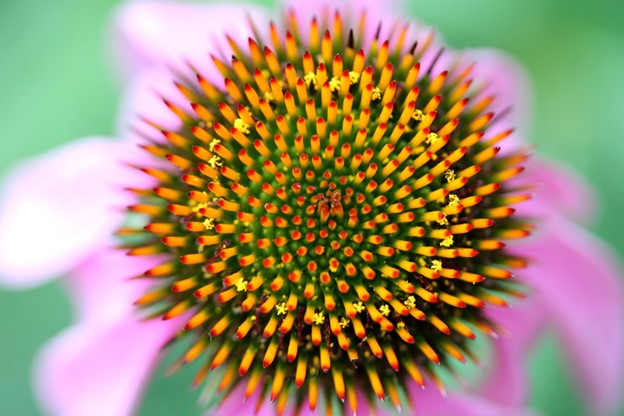Photos can tell stories about nature that words alone can’t convey. Images of beautiful places and interesting wildlife can captivate our imaginations and evoke emotions. Plus they’re just nice to look at. We asked some local nature photographers about their work and advice for other photographers. Here’s what they had to say.
Photographer Gregory Smolin
What type(s) of nature photography do you do? What are some of your favorite subjects to photograph?
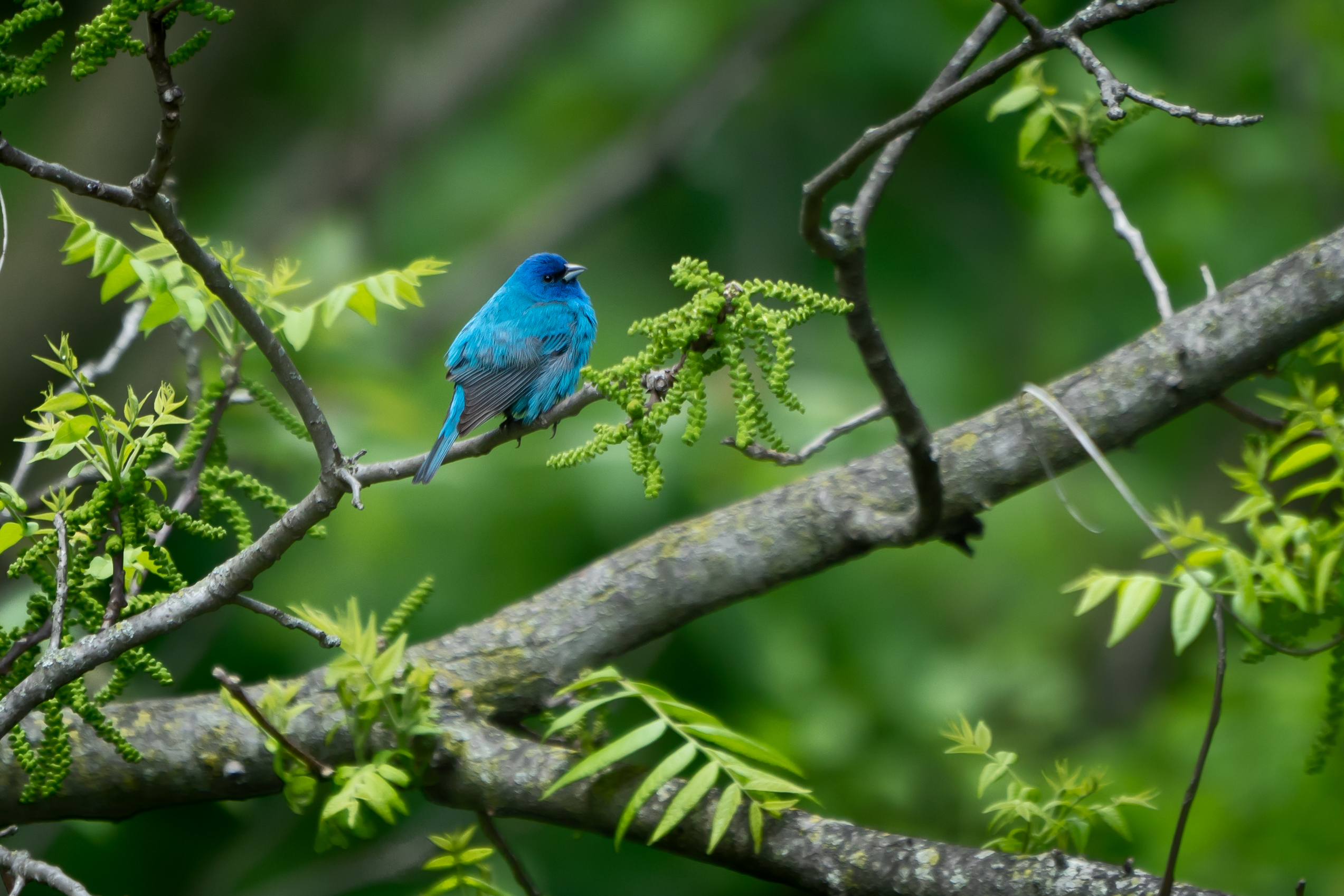
Indigo bunting in the Hellam Hills Conservation Area (Photo by Greg Smolin)
My primary photography interest and focus is landscape and wildlife. I find more abundant opportunities for wildlife photography as birds and animals are all around us vs. landscape requiring a search for unique and dramatic locations along with timing the shoot for magical light. A lot of my photography revolves around travel…some trips as simple as visiting state parks and some as unique as traveling to Iceland to do overnight landscape photography or to Hudson Bay to photograph polar bears. But many of my favorite opportunities are right under my nose on Lancaster Conservancy preserves. I have focused more on bird photography in the past few years since becoming a pandemic birder. The diversity of bird populations throughout the year in the Conservancy preserves and along the Susquehanna is remarkable.
What gear do you use?
My current primary camera is a Sony a7Riii mirrorless camera. I switched to mirrorless from DSLR over 5 years ago. The advantages are lighter camera bodies, actual through the lens visualization of what the camera sensor sees, as well as markedly advanced autofocus technology for wildlife photos. That is the direction the industry is heading so I think a current high-end camera purchase should be mirrorless. My primary lenses are Sony 24-105 f4 (all purpose), Sony 12-14 f4 wide angle, and Sony 200-600 f5.6-6.5 telephoto.
What is your favorite nature photo you’ve taken, and why is it your favorite?
It is hard to pick a favorite nature photo that I’ve taken since they all have such different visual elements. For animal photos my favorites are where the subject has some emotional connection to the viewer with eye contact in a relaxed natural setting. My favorite bird photos have razor sharp focus with subject/background focus separation as well as color contrast. The background of my favorite photos is as important as the subject matter. When I can, I try to find favorable contrasting backgrounds without distracting foreground elements. Although trying to convince birds and animals of complying with that strategy is another thing…
My favorite photo remains the one that I have not taken yet. That keeps me motivated and on the move.
What is your favorite Lancaster Conservancy preserve to take nature photos at and why?
I hate to be biased, but I live adjacent to Hellam Hills and spend a lot of time in that preserve. There is incredible wildlife diversity along with running water all over the place. I’ve seen it in all seasons and in all weather, so I have a particular connection to Hellam Hills. My second favorite would be Kellys Run. In the fall, that place is pure magic.
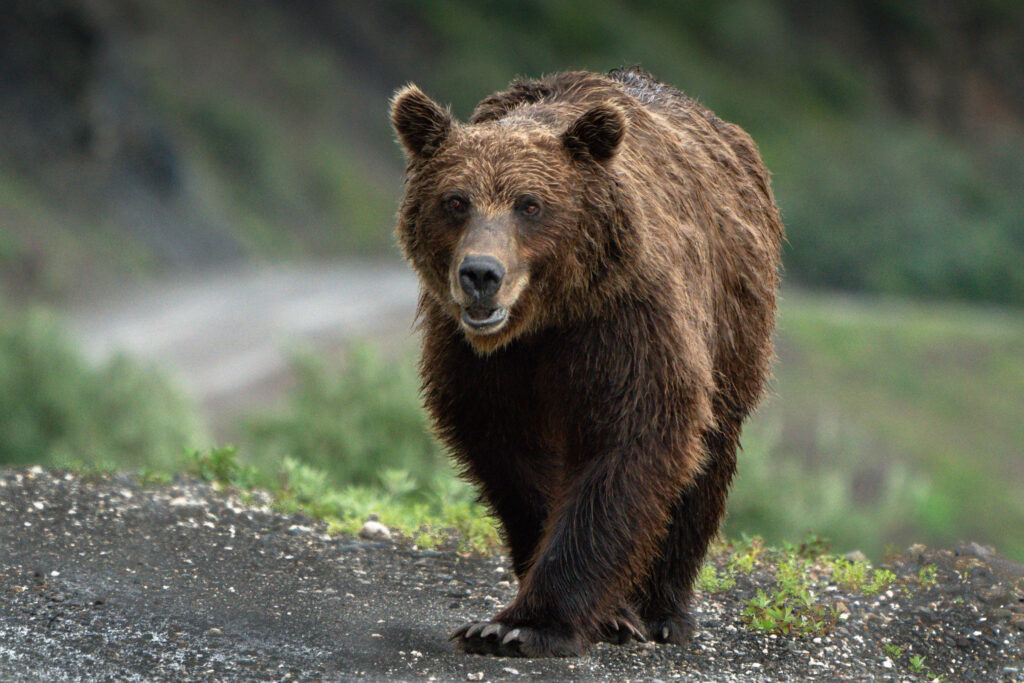
Bear in Denali National Park, Alaska (Photo by Greg Smolin)
What advice would you give to someone else who is interested in nature photography? How do you get the “perfect shot”?
So much of nature photography is understanding nature. Observing landscape scenery in different times of year with different angles of light and color temperature guides you to finding the right place at the right time of year and time of day. With animal and bird photography, understanding the subject you are shooting is essential. Knowing the activity and movement patterns of birds and animals throughout the day will increase your chances of getting an amazing image. The main thing to becoming a better nature photographer is spending time in nature with your eyes and translating that to where you need to be with your camera. For bird photography, bringing binoculars on a walk helps you understand what is in the area beyond the reach of the naked eye. It is also essential in locating birds prior to bringing the camera to your eye.
Professional photography gear is so cool, but we don’t all have it or know how to use it…or want to carry it with us on a hike! How can we take better nature photos with our cell phones?
The adage still rings true that the best camera you own is the one you have with you. Cell phone photography continues to advance significantly and everyone always has a camera with them now. The phone cameras (including some with multiple lenses) have become pretty sophisticated with good image resolution and built-in image processing algorithms that significantly enhance the final output without much user input.
If you use a cell phone as your primary camera (and no shame there) take the time to learn all that you can about how the camera operates and experiment with the features. There are simple touch gestures to choose the focus spot and adjust exposure levels as you are shooting. And the in-camera editing features are robust but have a bit of a learning curve that is worth spending time on. Just cropping or adjusting the horizon and changing a few levels on a photo can make a dramatic difference.
There are two limitations with cell phones that I see. First is their telephoto ability to get sharp photos of distant objects/animals. The zoom reach may be adequate for travel or simple landscape photography but very limited for telephoto wildlife or bird photography. The second is the control of depth of field (the near to far distance that is in focus). Wildlife photography requires sharp focus of the subject with blurring of the foreground and background which is hard to achieve with a cell phone.
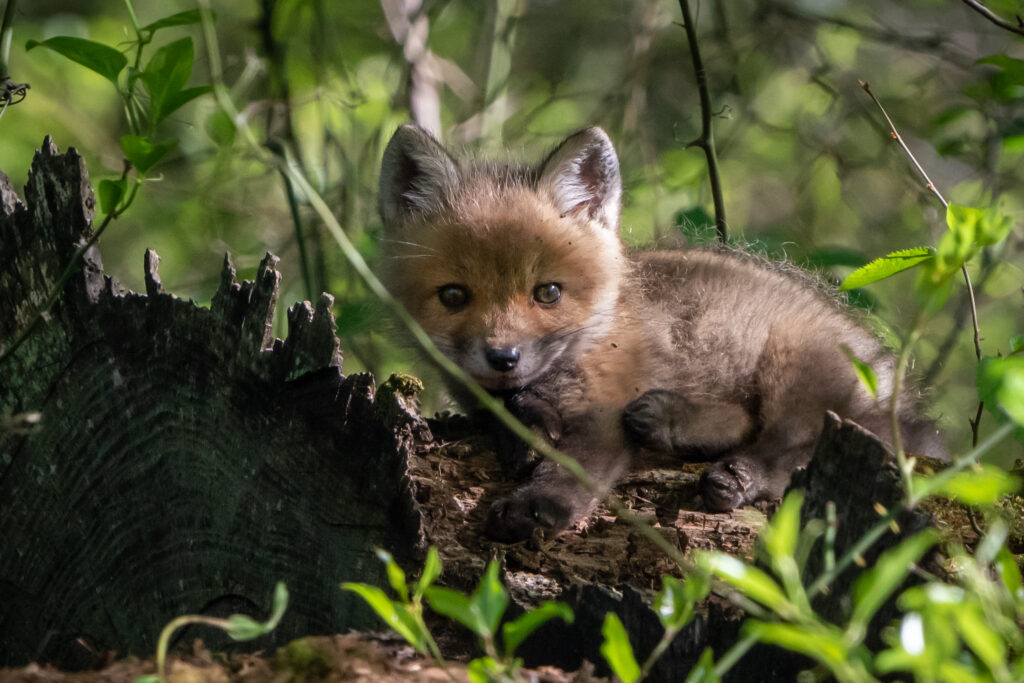
Baby fox in the Hellam Hills Conservation Area (Photo by Greg Smolin)
Why do you like photographing nature? Why do you think nature photography is impactful?
I am passionate about the preservation of nature and animal habitats. When I show people photos that I have taken in York or Lancaster counties and tell them this is a location right under their noses, it helps them appreciate the vital need to preserve regional ecosystems that if lost will never return. Not everyone can put themselves in the right spot at the right time so bringing a nature moment to someone’s eyes through a photograph is very gratifying. Photographing wildlife or landscapes trains your brain in observation at a higher level. Being a nature photographer has greatly enhanced my enjoyment of being outside and seeing the world around me in an even more appreciative way.
Photographer Kerry Givens
What type(s) of nature photography do you do? What are some of your favorite subjects to photograph?
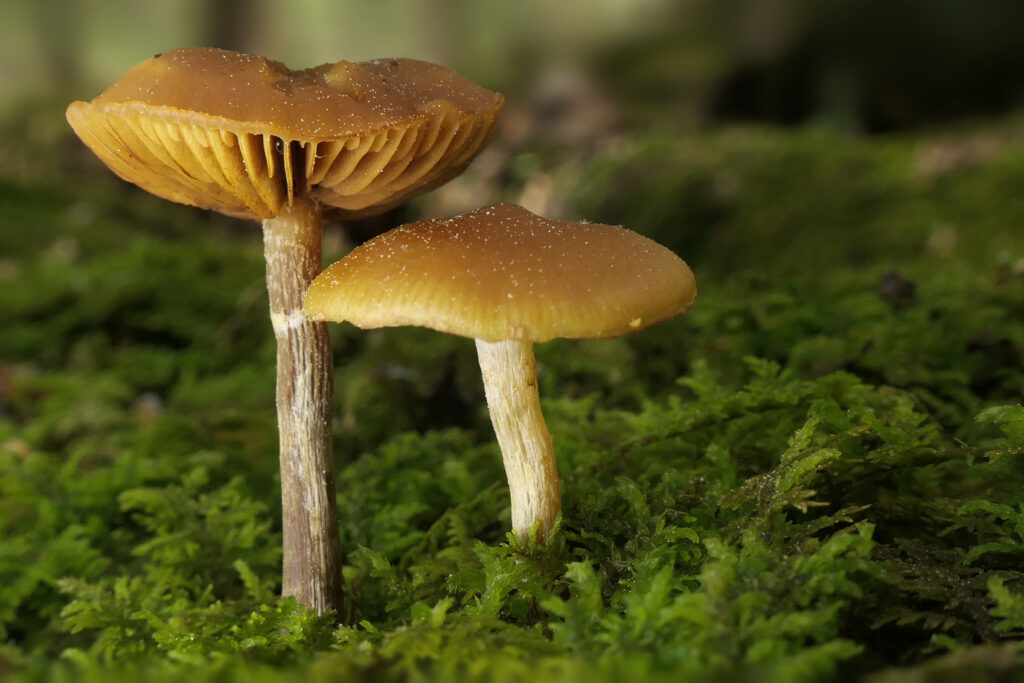
Brown mushrooms at Ferncliff Wildlife and Wildflower Preserve (Photo by Kerry Givens)
I got hooked on macro (closeup) nature photography at an early age. Partially this was due to my attraction to wild mushrooms, many of which are quite small.
What gear do you use?
My first camera was a Minolta SRT-101, a 35mm film camera which my parents gave me as a high school graduation gift. Eventually I built up quite a collection of Minolta gear and even started a professional relationship with the Minolta corporation, giving lectures on outdoor photography at various colleges coast to coast. For many years I gave a seminar on closeup photography at the Philadelphia Flower Show. Sadly Minolta shut down their photography business in the 1990s, eventually selling their patents and designs to Sony. Luckily for me, Sony designed their digital cameras to be compatible with Minolta lenses, so I was able to continue to use a lot of my old Minolta gear on newer Sony digital cameras. I have a variety of macro lenses specifically designed to produce very sharp closeup photos of very small subjects like snowflakes, sand grains, etc. I often carry an LED light panel in my camera bag since much of my photography takes place in the shadowy understory of woodlands, where dim lighting can be a challenge.
What is your favorite nature photo you’ve taken, and why is it your favorite?
I never tire of exploring my own yard for photo subjects, especially butterflies and other pollinators in our gardens. Also mushrooms and other fungi. Here are two of my favorite backyard images: a Luna silk moth and a troupe of tiny parasol mushrooms:
I particularly like how the early morning light catches the mushroom stalks and almost makes them glow. Regarding the Luna silk moth, I love how the subtle purple wing markings are complemented by the hues of the phlox blossoms.
What is your favorite Lancaster Conservancy preserve to take nature photos at and why?
There are several Conservancy properties that I have found to be quite rewarding for nature observation and photography – among them Steinman Run, Bellaire Woods, Shenks Ferry, and Hellam Hills. All are an easy drive from my home and offer an extensive selection of wildflowers, reptiles, amphibians, fungi and insects to study and photograph, in addition to picturesque streams and, in season, autumn foliage.
What advice would you give to someone else who is interested in nature photography? How do you get the “perfect shot”?
There’s an old saying about how chance favors the prepared mind. The outdoors are a place of endless discovery for me. I consider myself a naturalist first and a photographer second. My Masters degree is in plant ecology. I spend a considerable time searching for orchids and other rare wildflowers, researching their life histories, habitat preferences, etc. extensively to improve my chances of finding these elusive species.
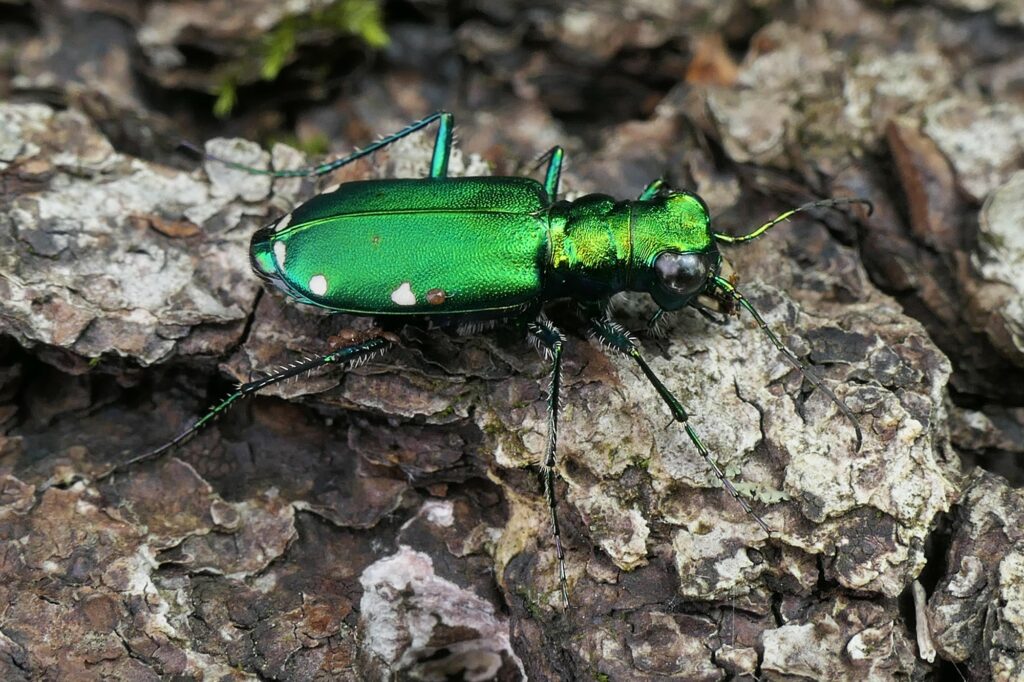
Green six-spotted tiger beetle (Photo by Kerry Givens)
My advice for anyone interested in closeup outdoor photography amounts to a few simple rules that have served me well. First, you will be amazed how many beautiful subjects are quite tiny and therefore easily overlooked. It pays to think small and not be in a rush. I take my time when visiting interesting habitats. I make a point of scanning both sides of whatever trail I’m on. Well-decayed fallen logs are frequently host to lots of tiny but pretty insects and interesting slime molds. One spring day at Shenks Ferry Wildflower Preserve, I noticed about a half-dozen brilliant green six-spotted tiger beetles all sharing the same felled log along the wildflower trail. I don’t usually see them congregate like this. Normally skittish and shy, these beetles allowed to me approach closely — within an inch or two — and take their picture.
Secondly, I tend to find many more interesting subjects to photograph if I get down at ground level and sit motionlessly while scanning my surroundings. I find it much easier to spot the sort of little things I enjoy photographing if I’m not moving.
And third, share your findings with other naturalists, and they are likely to return the favor. Lancaster has active nature clubs like the Muhlenberg Botanical Club and the Lancaster Butterfly and Entomology Club, both great places to meet and compare notes with other amateur naturalists and photographers.
Professional photography gear is so cool, but we don’t all have it or know how to use it…or want to carry it with us on a hike! How can we take better nature photos with our cell phones?
I have seen some surprisingly good outdoor images taken with cellphones, so I know it can be done, but macrophotography has certain demands which not all cellphones are equipped to handle well. If I don’t want to take a full backpack of digital SLR cameras and macro lenses on a hike, I will often take a pocket-sized zoom camera like the Panasonic Lumix zs200. It is surprisingly good as a closeup camera especially if you have good light and a small tripod to steady the camera. Here’s a picture I’ve taken with that handy little camera:
Why do you like photographing nature? Why do you think nature photography is impactful?
Every time I find a colorful mushroom hiding behind a log or under some leaves, I am left with the impression that I am the only person who is going to see that exquisite example of creation. The feeling of reward that comes from those little moments of discovery is indescribable. True, no one likes to go hiking with me, since I am the slowest hiker in the woods, sometimes spending half an hour taking a single photo. But I also enjoy sharing my photos with others, hopefully inspiring the occasional person to take their camera along on a hike now and then.
Photographer Michelle Johnsen
What type(s) of nature photography do you do?
My favorite type of nature photography is macro. I love having a window into these very small pockets of the natural world! Nature photography is actually the reason I have a photography career to this day. When I moved to Lancaster in 2012, I began volunteering on a medicinal herb and flower farm called the Lancaster Farmacy. The farmer, Eli Weaver, is an herbalist and earth lover who shared her passions with me everyday in the fields. She taught me how to communicate with plants and the tiny, beautiful creatures that live among them, most especially honeybees, which are crucial to having a healthy farm and plants. This knowledge, along with hiking, camping, and further studies in woodland care, herbalism, and permaculture, lead to my love of nature photography. I was able to find things I had never known existed before. Taking photos at the farm and out in the woods aided greatly in my learning and ability to “see” more in nature. I could spend hours in a hedgerow or a few feet of woods, observing, taking photos, then study those photos later to identify the plants and creatures within them.
What are some of your favorite subjects to photograph?
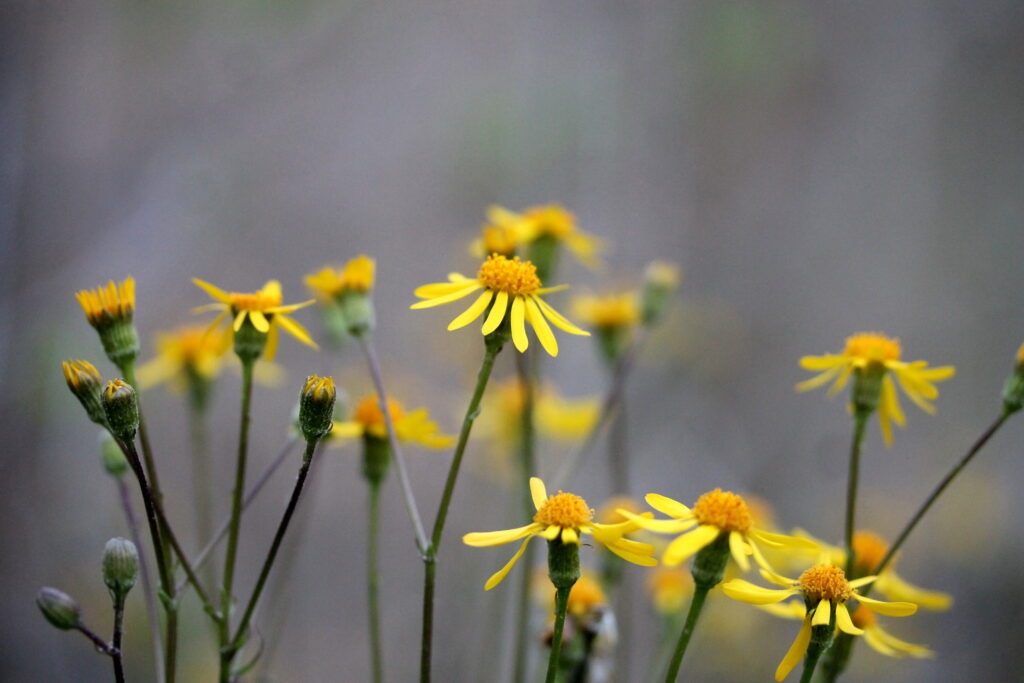
Wildflowers at Shenks Ferry Wildflower Preserve (Photo by Michelle Johnsen)
While I love landscapes, wildflowers, and mushrooms, I’d have to say honeybees and butterflies quickly became my favorite subjects when I first started. It felt incredible to witness pollen on a bee’s leg up close as it foraged, and to see the “tongue,” or proboscis, emerging from a feeding butterfly’s mouth as it searched for nectar. These moments felt like magic to me, made all the more rare by the fact that they’re almost too small to see the details with the naked eye. Today, I think I would say that wildflowers are my favorite subject because there are so many different kinds and colors throughout each growing season.
What gear do you use?
I use a Canon R6 full frame mirrorless camera with a 100mm macro lens now that I have more professional equipment, but when I started, I was using an older DSLR model, the crop sensor Canon Rebel T3, combined with my favorite lens, 60mm macro. To this day, even though I have upgraded, I still think my best nature work was done on the Rebel.
What is your favorite nature photo you’ve taken?
What is your favorite Lancaster Conservancy preserve to take nature photos at and why?
I have a deep love for all of Lancaster Conservancy’s beautifully maintained properties, and if I had to pick favorites, I would probably go with Shenks Ferry Wildflower Preserve and Trout Run. For the past 11 years, I’ve had the privilege of witnessing the blooming of spring ephemerals in both of these special sanctuaries, and had the chance to observe, study, and photograph nearly all of Pennsylvania’s gorgeous native wildflowers.
What advice would you give to someone else who is interested in nature photography? How do you get the “perfect shot”?
Nature photography requires a ton of patience and silence. The main skill needed (in my opinion) is not photography, it is observation. In my permaculture courses, I learned to spend long amounts of time in one place observing the natural world around me, including everything from the smallest creature on a wildflower, to the herbaceous plant and shrub layers, to the understory and canopy tree layers, to the birds that live and sing in them. I always carried my Newcomb’s wildflower identification guide with me, and if I found a plant I didn’t recognize, I would sit right down with it and use my book to find out what it was, whether it was edible, its use in plant medicine, and even the folklore behind it. I don’t go into the woods looking for a perfect shot. I think nature photography is about so much more than the image you might get at the end. It’s a very important learning tool that helped me to know, love, appreciate, and protect the wildness around me.
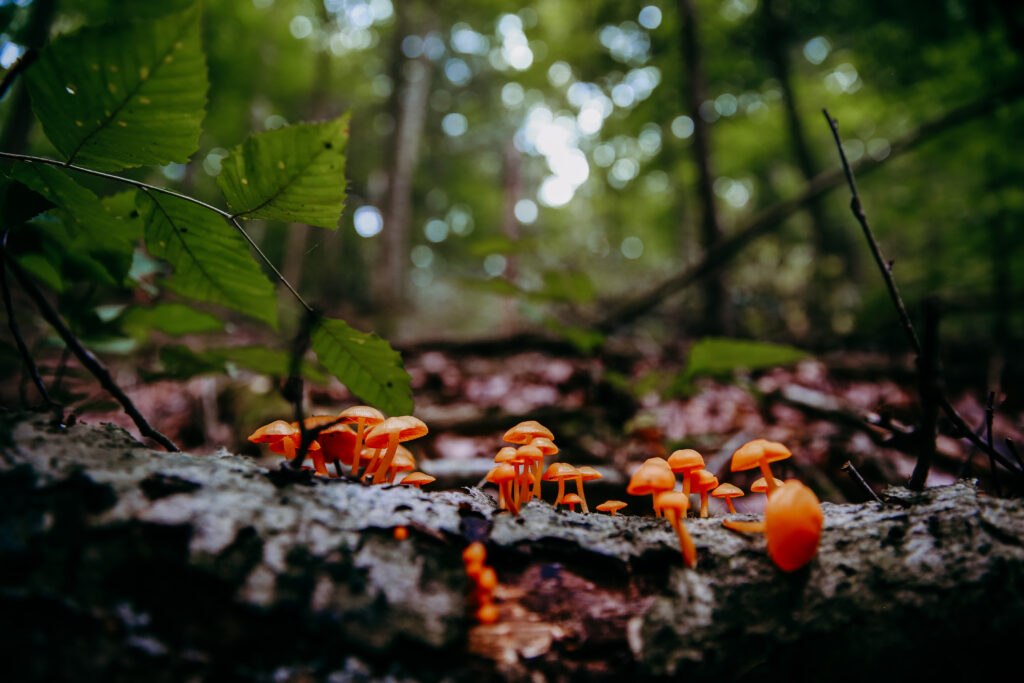
Mushrooms at Ferncliff Wildlife and Wildflower Preserve (Photo by Michelle Johnsen)
Professional photography gear is so cool, but we don’t all have it or know how to use it…or want to carry it with us on a hike! How can we take better nature photos with our cell phones?
Cell phone cameras have come a long way since I started on my photography journey. Any smart phone these days comes equipped with a pretty nice camera, and the upside of this for beginner or amateur nature photographers is that the settings are all pre-programmed and you don’t need to know anything special to be able to get good photographs. Some advice I would give is to be face-to-face with your subject; don’t photograph it from above, but at eye level. This gives the viewer the sense that they are inside the little world you’ve created with the photo. Try to take photos in the shade rather than full sun. Golden hour (the hour leading up to sunset), or early morning are great times off day to try photography because the sunlight is the best at those times (low in the sky as opposed to high up in the sky). Try to be as quiet as possible so that you’re not disturbing anything or any subjects. Don’t go off trail and stomp plants and flowers. Nature photographers, along with hikers, are responsible to leave no trace of their presence, and to make it (natural spaces) better when possible by removing trash and debris from natural areas.
Why do you like photographing nature? Why do you think nature photography is impactful?
Nature photography is impactful because it gives the photographer a chance to leave the real world and enter a special, almost secret world that surrounds us if we know where to look. It can be a way to connect with this planet, to connect with the plants and creatures that have called it home for thousands of years, and aid in your own conservation efforts. One of my permaculture teachers said something in class that has always stuck with me. He told me that you can only protect something once you love it, and you can start to love it once you understand it, and you can start to understand it through dedicated observation and respect for the wild. For me personally, photography was pivotal in my learning and understanding of the natural world.

